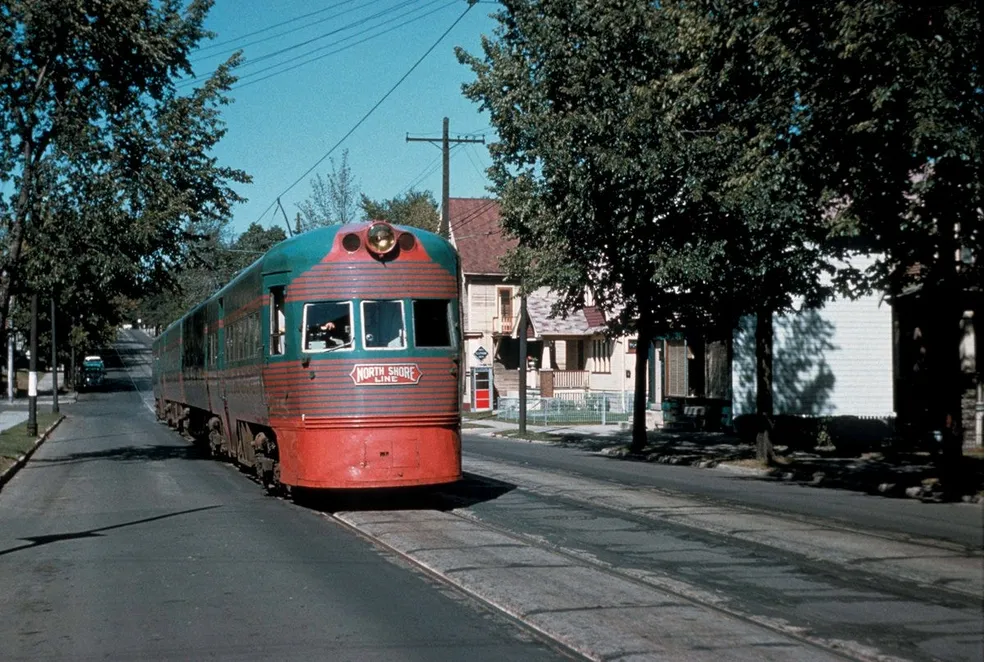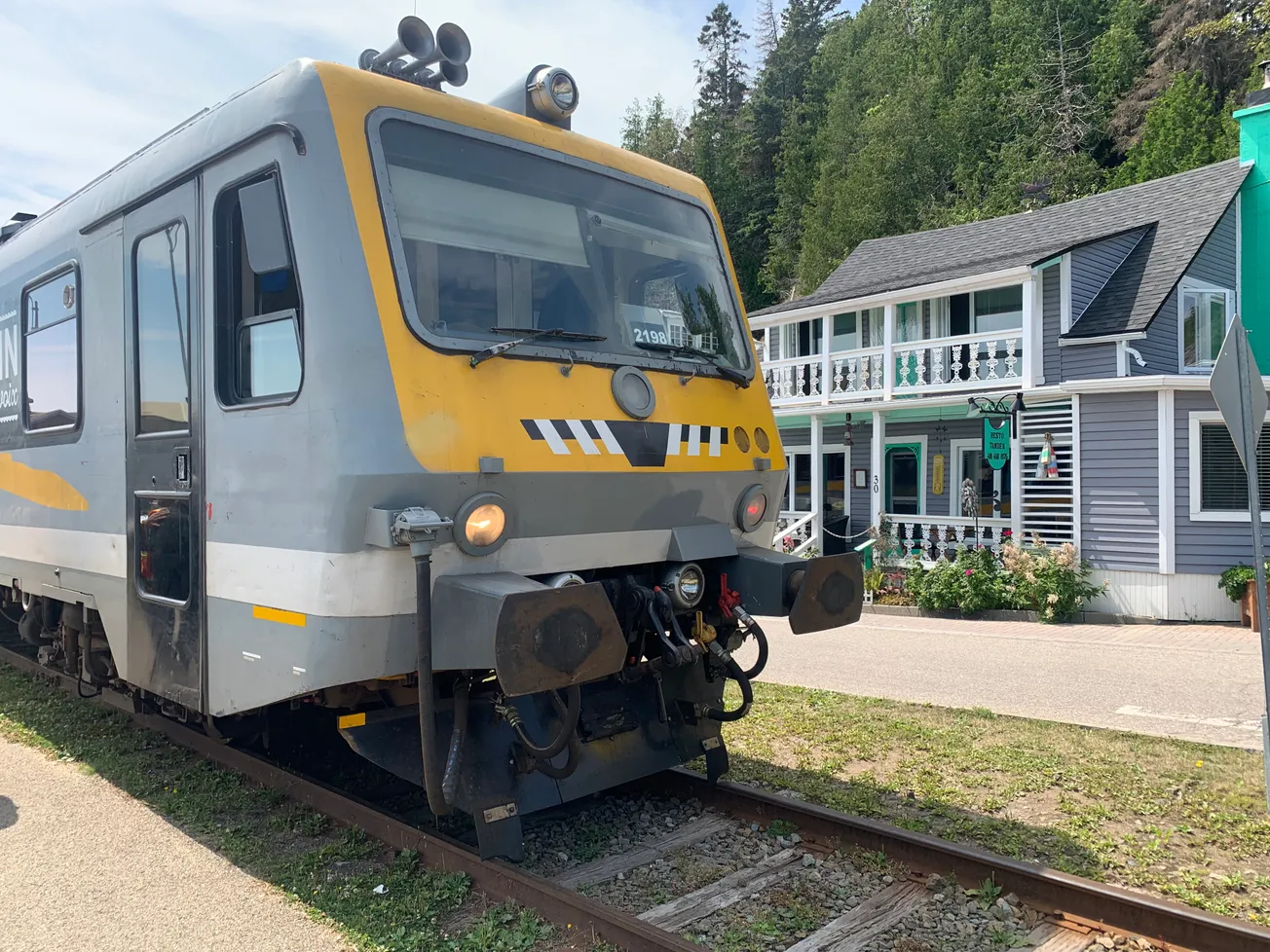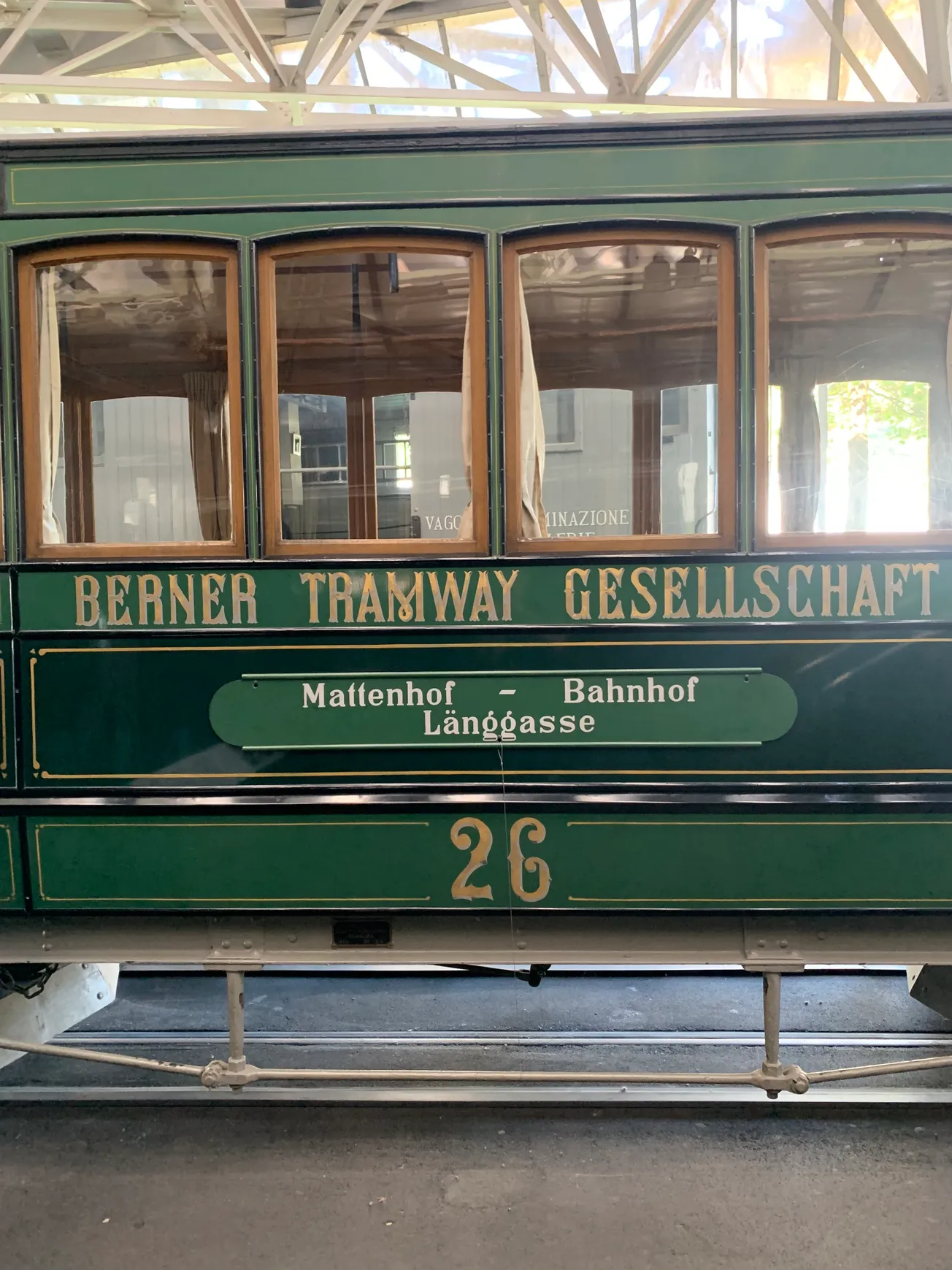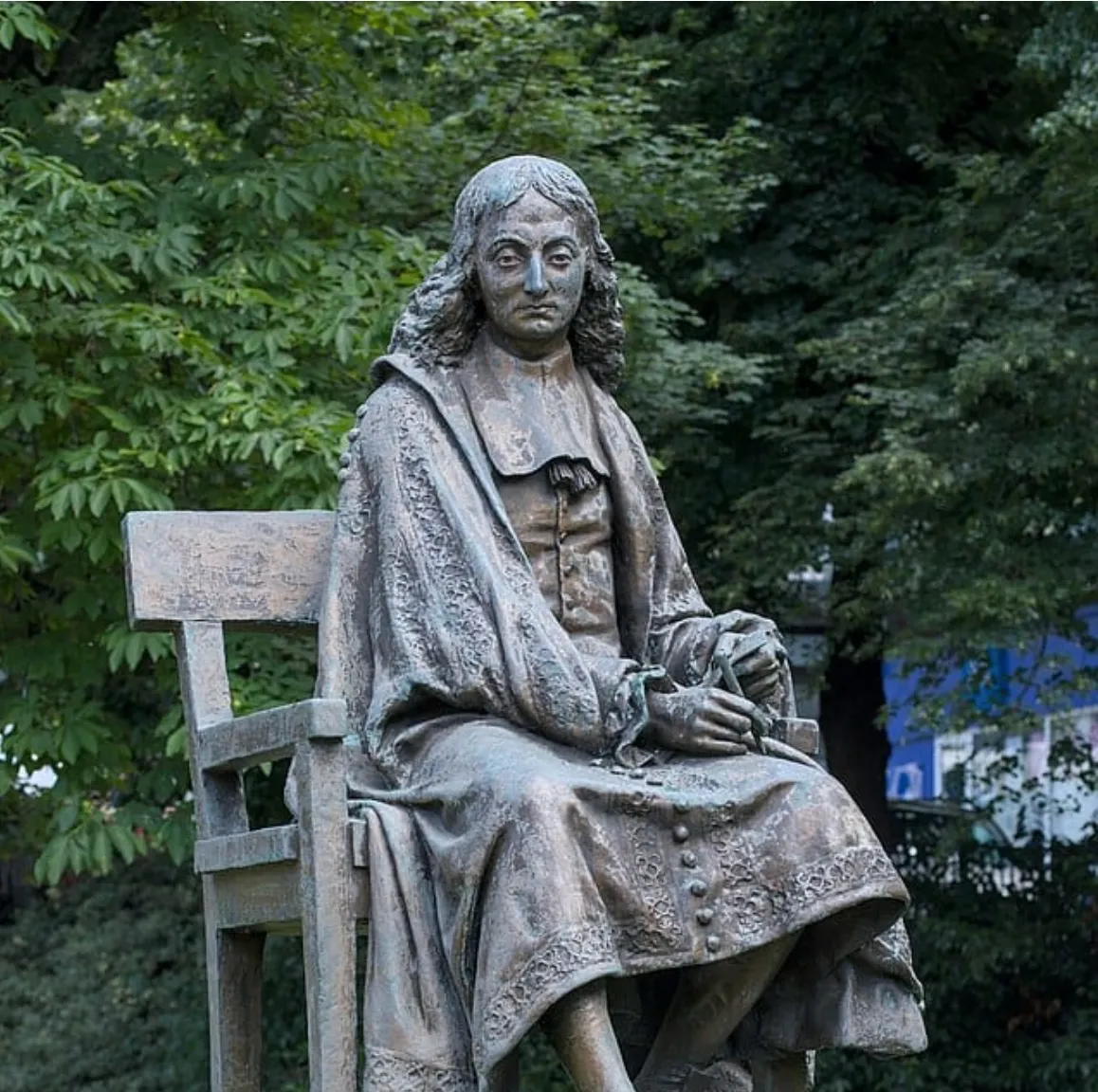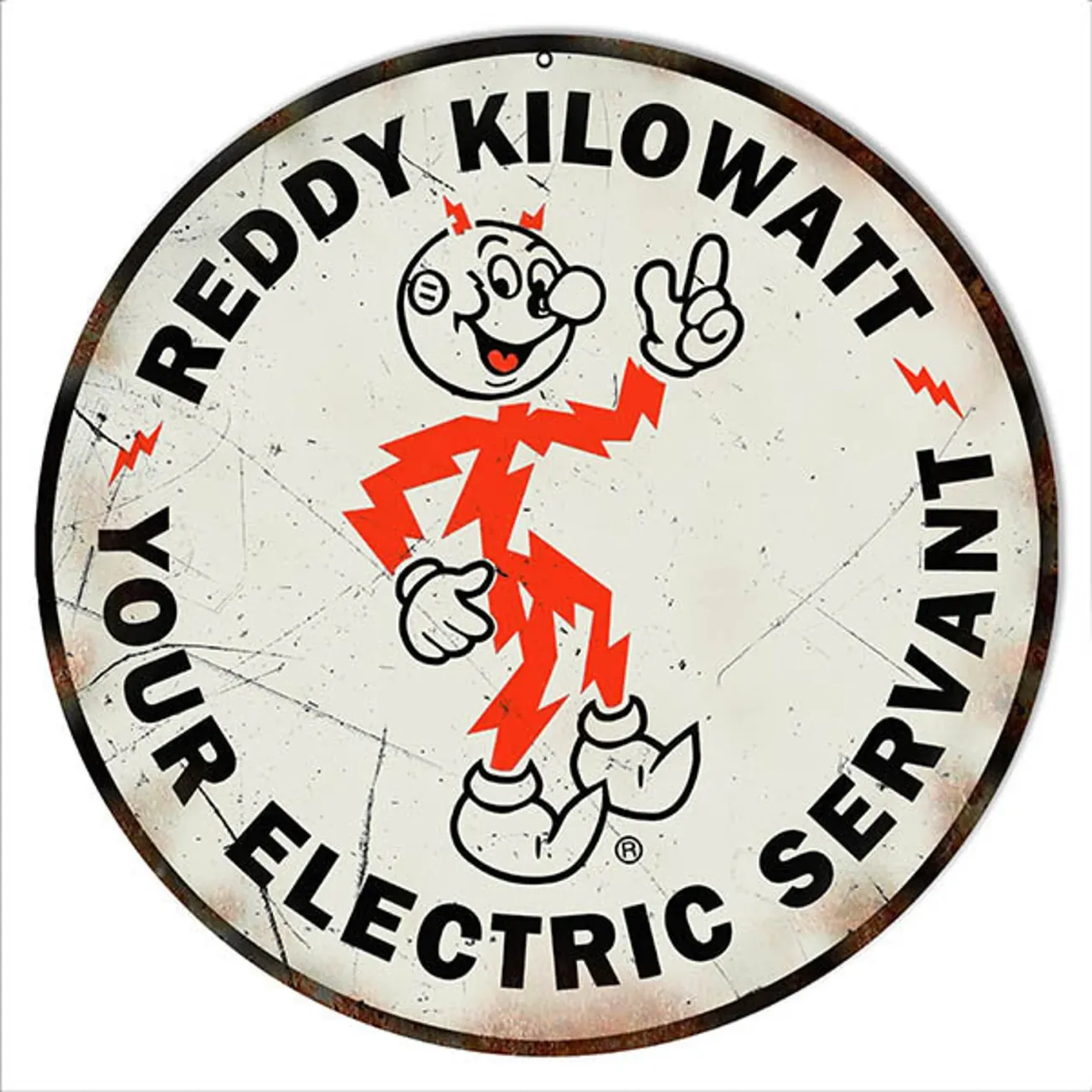// A requiem for North America's overhead wires, and the tracks that led into the woods.
I’ve long been fascinated by the traces, still visible in rusty stretches of track in asphalt in city streets and alongside country roads, of the electric transit networks that operated in much of North America a century ago.
By 1920, the network of interurban trains in the United States was so dense that a determined commuter could hop interlinked streetcars from Waterville, Maine, to Sheboygan, Wisconsin—a journey of 1,000 miles—exclusively by electric trolley.

The tracks, and often the wires, extended deep into forest and farmland, making the railroads de facto intercity highways; after nightfall in the countryside, farmers would signal drivers to stop by burning a rag next to the track.

By the end of the First World War, streetcars and interurbans had become the dominant mode of urban transportation in North America, carrying 11 billion passengers a year.


